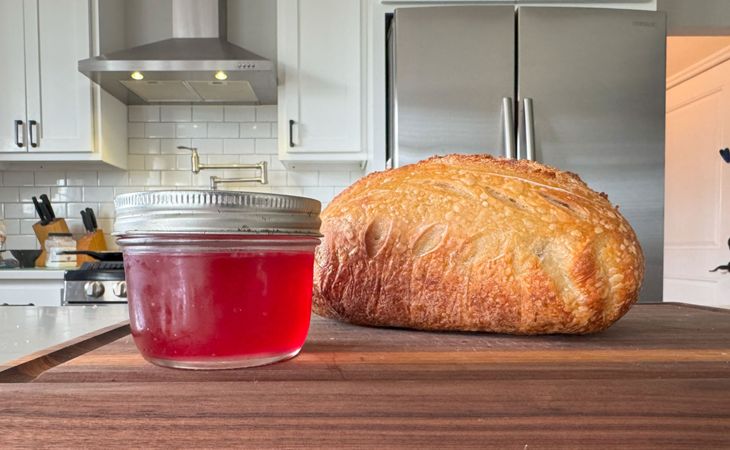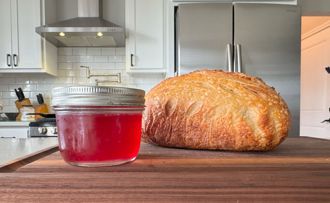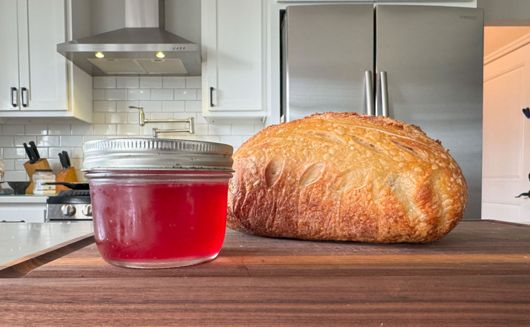How to Acclimate Rhubarb Plants
Acclimation is not necessary for bare-root crops such as potatoes, onions, asparagus, or any other plant entirely under the soil. Upon arrival, they can be planted immediately in the ground or growing container.
NOTE: This is part 2 in a series of 11 articles. For a complete background on how to grow rhubarb plants, we recommend starting from the beginning.
Acclimation Steps for Potted Plants
If your new plants or trees from Stark Bro’s arrive in pots with tender leafy growth, chances are they were grown in our greenhouses. To acclimate them before planting outdoors, follow these steps:
- Keep the plants in their pots and place them in a semi-shaded spot outside for a day, then move them to a sunnier location.
- Water the plants upon arrival but let the soil dry to promote the hardening-off process.
- Watch for signs of leaf damage and move them to a shaded area with filtered sunlight if needed. Air movement is vital for hardening off the plant, so protect them from harsh winds.
- After 2-3 days, if weather conditions allow and soil temperatures remain above 50ºF, plant them outdoors in their permanent location. Plant on a cloudy day for best results.
Please note that these are general recommendations, and factors such as weather and individual plant types may require slight variations to the guidelines. If conditions are too harsh, keep potted plants near a sunny window and treat them like houseplants until the weather improves, then start the hardening-off process.












